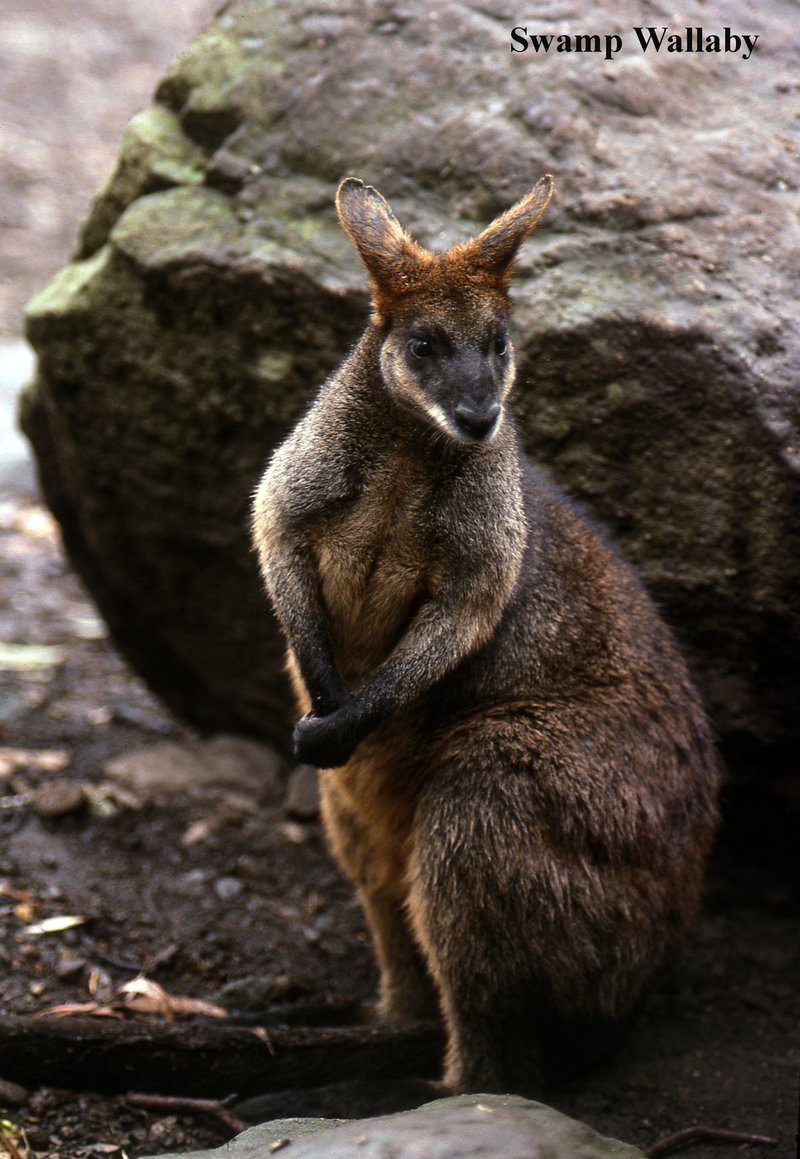
First off, let’s get one thing straight—most wallabies aren’t out for blood. Generally, they’re shy and prefer to keep their distance from humans. They’re like that friend who hangs back at the party, just enjoying the snacks. However, there are situations where the wallaby’s shy demeanor can shift, and understanding this can be key to staying safe around these critters. So, grab your coffee, and let’s explore what makes a wallaby potentially dangerous and what you should know to avoid any close encounters.
Understanding the Nature of Wallabies
Wallabies are small to medium-sized marsupials found primarily in Australia and New Guinea. While they belong to the same family as kangaroos, they’re generally smaller and more compact. Picture a kangaroo that got a bit of a trim—they’re still bouncy but a little less intimidating. Wallabies usually live in groups called mobs, which provide safety in numbers and a social environment for these creatures.
These animals are herbivores, munching on grasses, leaves, and occasionally some fruits. They’re mainly active during the twilight hours, foraging for food. If you ever spot one in the wild, you’ll notice they tend to keep to the shadows, preferring to remain unseen. This behavior highlights their non-aggressive nature—wallabies are more interested in avoiding trouble than confronting it.
However, **here’s the thing**: while they aren’t aggressive by nature, wallabies can act defensively if they feel threatened. Their first instinct is to flee, but if cornered or provoked, they might react differently. Understanding their nature is crucial to avoiding any unwanted encounters.
When Wallabies May Act Defensively
While wallabies generally want to avoid humans, they can become dangerous in certain situations. For instance, if a wallaby feels trapped or if it’s protecting its young, it might not hold back. Think of it like a protective parent; they’ll do what it takes to keep their babies safe. This defensive behavior can lead to kicking or scratching, which can cause injuries.
If you find yourself too close to a wallaby, watch their body language. Signs of distress include raised fur, a loud thumping noise on the ground, or aggressive posturing. It’s like watching a dog growl—those are signals that you might want to back off.
Additionally, during mating seasons, wallabies can become more territorial. Males, in particular, might display aggressive behavior toward each other or perceived threats. If you’re out in the bush during these periods, it’s wise to keep your distance—these animals are not backing down easily!
Injuries Caused by Wallabies
While serious injuries from wallabies are quite rare, it’s essential to recognize that they can happen. When a wallaby kicks, it can deliver quite a powerful blow, considering their strong legs. Just imagine being playfully kicked by a small kangaroo; it can definitely leave a mark!
Common injuries include:
- Scratches: Sharp claws can cause cuts on the skin.
- Bruises: A kick can result in bruised muscles.
- Falls: Surprised encounters can lead to trips or falls, causing injuries from the environment.
While these injuries might not be life-threatening, they can lead to significant discomfort. If you do get too close and are injured, seeking medical attention is wise, especially if you notice any unusual symptoms afterward.
Safety Tips When Encountering Wallabies
If you plan on visiting areas where wallabies roam, it’s good to have a plan for staying safe. Here are some tips to help you navigate these encounters wisely:
- Keep your distance: Enjoy watching them from afar. Use binoculars if you want a closer look without invading their space.
- Stay calm: If you spot a wallaby, move slowly and quietly. Sudden movements can startle them.
- Don’t feed them: It might seem cute, but feeding wallabies can change their behavior and encourage them to come closer to humans.
- Observe their behavior: If you notice signs of distress, it’s time to back off. Respect their boundaries.
By following these simple precautions, you can enjoy the beauty of these animals while ensuring both your safety and the well-being of the wallabies.
What to Do If You Encounter an Aggressive Wallaby
In the unlikely event that a wallaby shows aggression, it’s essential to know how to handle the situation. Here’s a step-by-step approach:
1. **Stay Calm:** Panic can make things worse. Take a deep breath and assess the situation.
2. **Back Away Slowly:** Don’t turn your back on the wallaby. Instead, move away slowly while keeping your eyes on the animal.
3. **Find Shelter:** If possible, seek some kind of protective barrier, like a tree or a vehicle. This gives you a safety net.
4. **Call for Help:** If the situation escalates or you feel threatened, don’t hesitate to call local wildlife authorities for assistance.
Remember, wallabies prefer peace over conflict, so most encounters don’t lead to aggression. But being prepared is always a smart move!
So, can wallabies be dangerous to humans? The short answer is: yes, but it’s not common. Most wallabies are shy animals that prefer to stay out of sight. However, when threatened or provoked, they can display defensive behaviors that may lead to injuries.
Being aware of their nature, respecting their space, and knowing how to react can help you enjoy their company safely. Next time you’re out exploring Australia’s wildlife, you’ll be prepared to appreciate these delightful creatures from a distance, while keeping both yourself and the wallabies safe.
Keep this in mind, and you’ll have a much happier—and safer—experience the next time you come across a wallaby in the wild!

